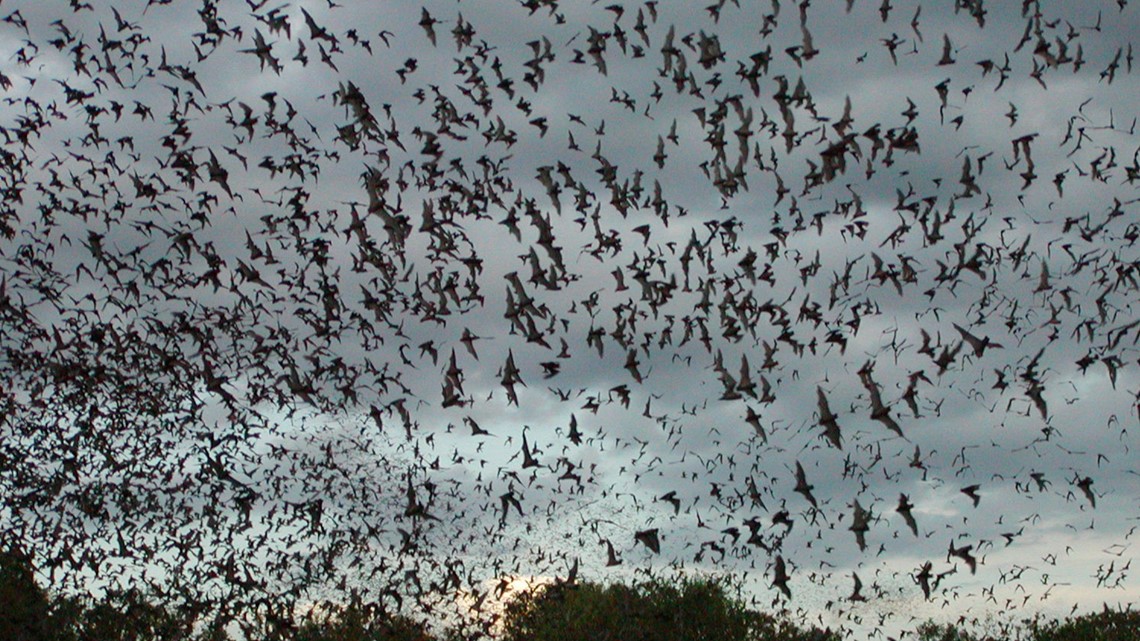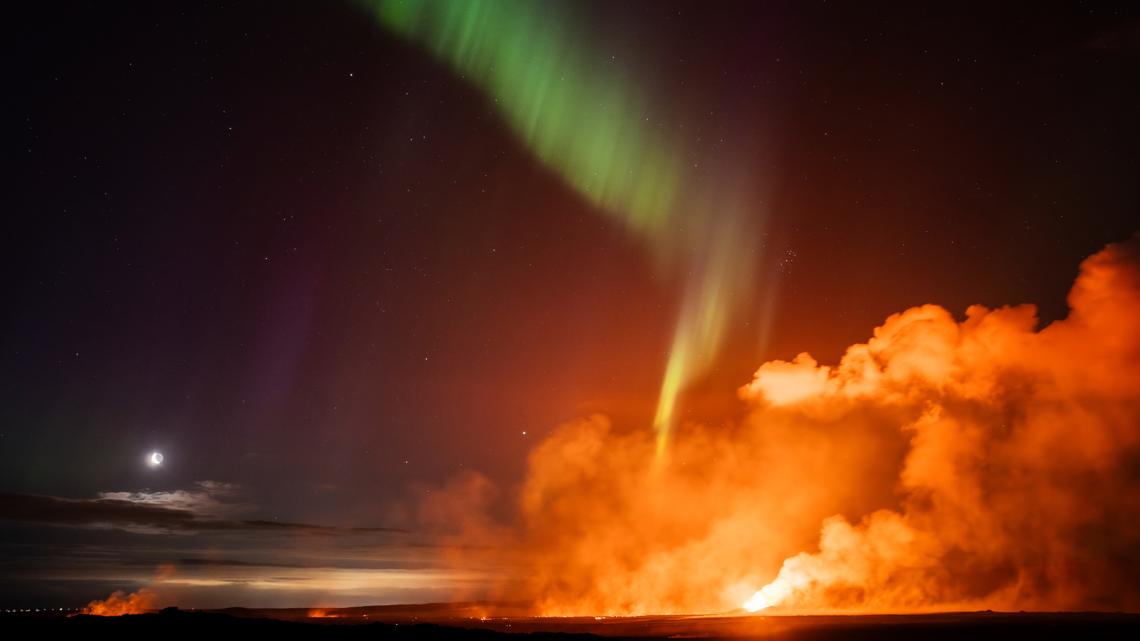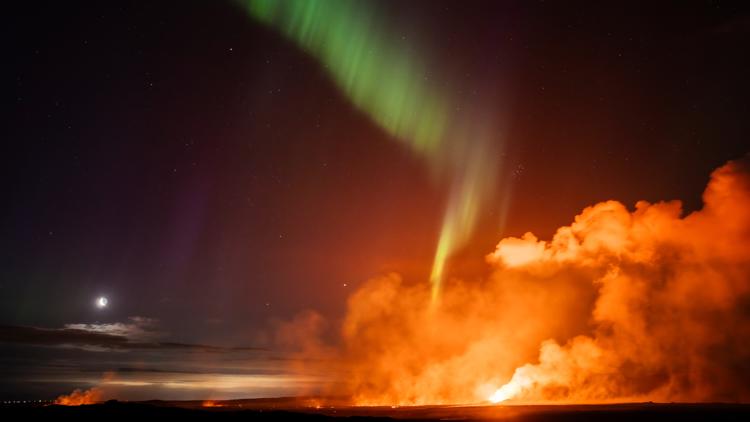SAN ANTONIO —
Bats in Texas
15 to 20 million Mexican Freetail bats fly in and out of Bracken Cave every spring around mid-February to March.
The cave was discovered in the 1800s, now people have a new way of viewing them.
More than 100 thousand people a year pay roughly $30 to sit quietly on the benches and rocks and wait until they begin to fly out.
Read more on Barry Davis' latest 'Texas Outdoors' to learn more about this experience.


Generational health
Men who have an unhealthy, high-cholesterol diet can cause increased risk of cardiovascular disease, or CVD, in their daughters, a University of California, Riverside-led mouse study has found.
“It had been previously thought that sperm contribute only their genome during fertilization,” said Changcheng Zhou, a professor of biomedical sciences in the School of Medicine and the study’s lead author. “However, recent studies by us and others have demonstrated that environmental exposures, including unhealthy diet, environmental toxicants, and stress, can alter the RNA in sperm to mediate intergenerational inheritance.”


Volcanos on the moon
Did you know volcanos once lived on the moon?
According to AP News volcanoes were still erupting on the rocky surface when dinosaurs roamed the earth.
Because of a Chinese spacecraft that brought glass beads from the surface of the moon back to earth in 2020, scientists figured this out. Their chemical makeup indicates that there were active lunar volcanoes until about 120 million years ago, much more recent than scientists thought.
“It was a little bit unexpected,” said Julie Stopar, a senior staff scientist with the Lunar and Planetary Institute who was not involved with the research.




